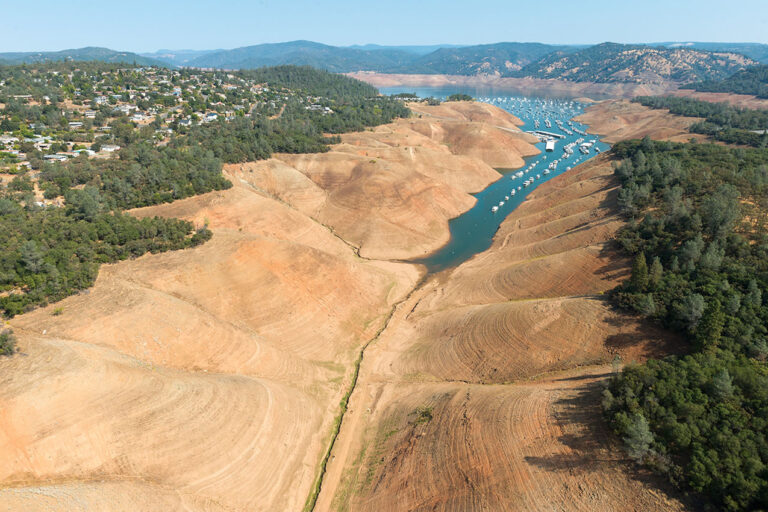California’s climate is changing. Hotter temperatures, a shrinking snowpack, shorter and more intense wet seasons, rising sea level, and more volatile precipitation-with wetter wet years and drier dry years-are stressing the state’s water management system. Recent climate projections indicate that the pace of change will increase.
To avoid unwanted social, economic, and environmental consequences, the water system will need to adapt to greater climate extremes and growing water scarcity. While California is making good progress in some areas of drought management, a more focused plan of action is needed. Successful adaptation will require strong leadership at the state and local levels, and cooperation on all fronts.
The 2012-16 drought-the hottest in the state’s recorded history and one of the driest-offered a window into the future under a warming climate and lessons for managing future droughts. Using these lessons as a starting point, this report offers a road map of essential reforms to prepare for and respond to droughts in California’s changing climate. Key reforms include:
- Plan ahead. Stronger drought planning is critically important for urban water management, groundwater sustainability, safe drinking water in rural communities, and freshwater ecosystems.
- Upgrade the water grid. California needs a comprehensive program to address above- and below-ground storage, conveyance, and operational challenges by mid-century, including repairing facilities that are broken, expanding conveyance and storage capacity, and modernizing and integrating operations.
- Update water allocation rules. California should comprehensively update its water allocation governance. The goals should be to find equitable and efficient ways to allocate limited supplies among competing demands during dry times while promoting efforts to capture and store water during wet times.
- Find the money. Reliable funding is crucial for adapting to climate change. New sources are needed to pay for necessary water-management investments and to fill funding gaps in the state’s water system.
The focus of this reform agenda is on drought, because drought-more than any other aspect of California’s climate-reveals the vulnerabilities of water management systems. Importantly, these reforms will improve drought resilience for today’s conditions, not just for the future.
